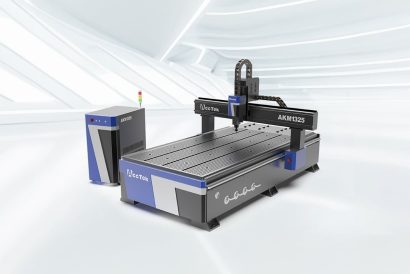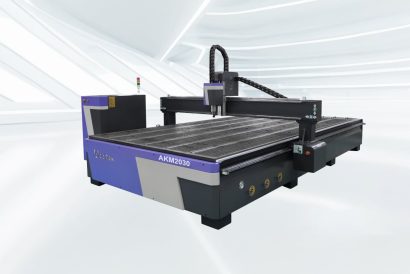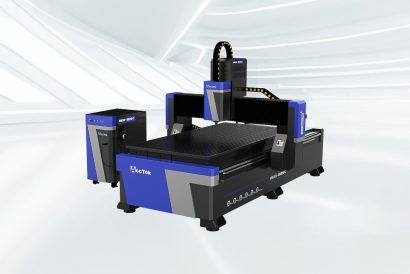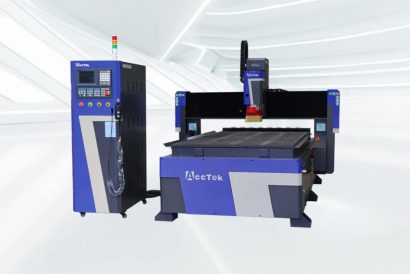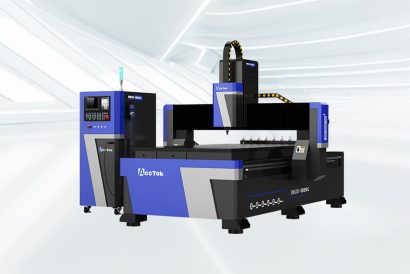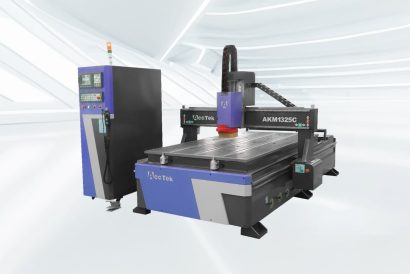Laminate
Types of Laminates That CNC Router Can Process
- High-Pressure Laminate (HPL)
- Low-Pressure Laminate (LPL)
- Thermoplastic Laminate
- Phenolic Resin Laminate
- Plywood with Laminate Overlay
- Acrylic Laminate
- Wood Veneer Laminate
- Aluminum Laminate
- PVC Laminate
- Metal Laminate
- Composite Laminate
- MDF Laminate
- Particleboard Laminate
- Decorative Veneer Laminate
- Metal-Laminated Panels
- Phenolic Laminate
- Melamine Laminate
- Metal-Clad Laminate
- Decorative Laminate
Operations That CNC Router Can Perform on Laminates
Cutting
CNC routers excel at making precise straight cuts in laminates. It also excels at executing intricate and curved designs on laminates, making it easy to achieve complex patterns or shapes. Computer-controlled precision ensures consistent and perfect curve cuts.
Routing
CNC routers are equipped to perform edge profiling on laminates, adding decorative features to the edges. It also can cut rabbets or grooves into laminates, providing a channel for the joining of different pieces or accommodating the thickness of other materials.
Milling
CNC routers equipped with multi-axis systems can execute 3D milling operations on laminates. This capability enables the creation of intricate three-dimensional shapes, textures, or sculpted surfaces.
Drilling and Hole Machining
CNC routers can precisely drill holes of varying sizes at specific locations in laminates. This facilitates assembly processes such as joining hardware or joining laminates together with high precision.
V-Grooving
CNC routers perform V-groove cutting in laminates, enabling the material to be easily bent or folded along the groove. This technique is used in applications like signage or creating decorative elements.
Engraving and Etching
CNC routers can engrave intricate designs, logos, or patterns onto the surface of laminates. Precision engraving enables the creation of recessed areas for inlay work, allowing for the incorporation of contrasting materials into the laminate surface.
Nesting And Optimization
CNC router excels at nest-based manufacturing, optimizing the layout of multiple parts on laminates to reduce waste and improve material utilization. The software used in conjunction with these machines ensures efficient nesting and cutting strategies to optimize production.
Surface Finishing
CNC routers equipped with appropriate tooling can add textures to the surface of laminates, providing a tactile or visual enhancement to the material. Some CNC routers can be fitted with tools for polishing laminate surfaces, achieving a smooth and glossy finish.

